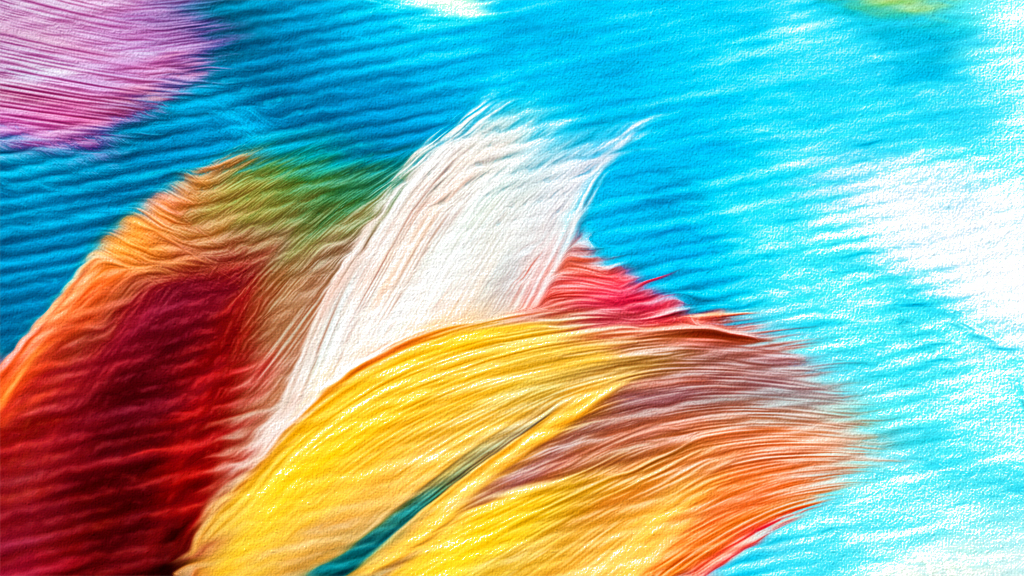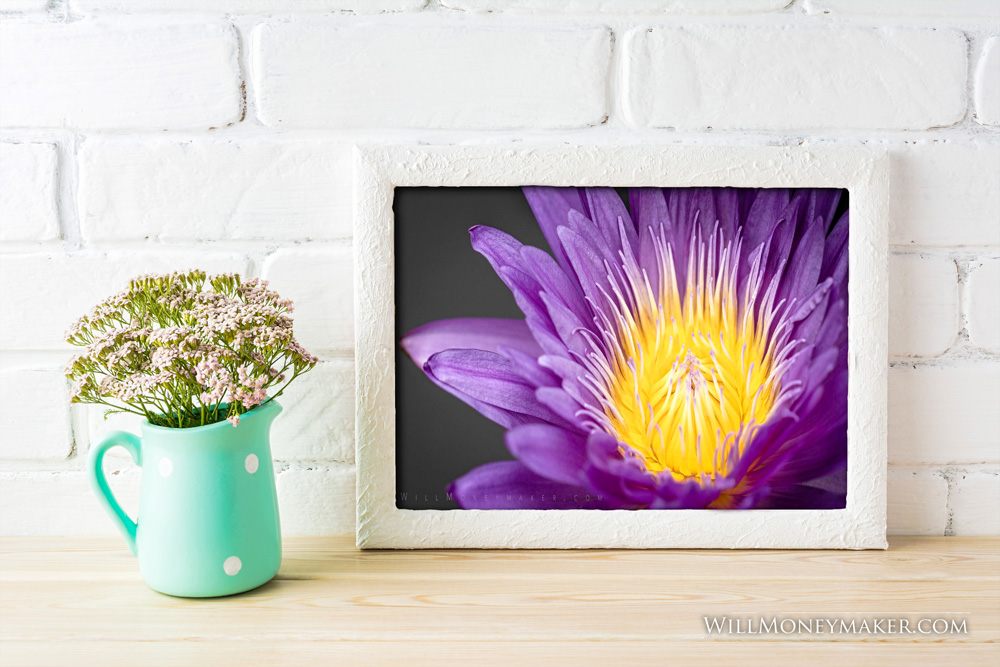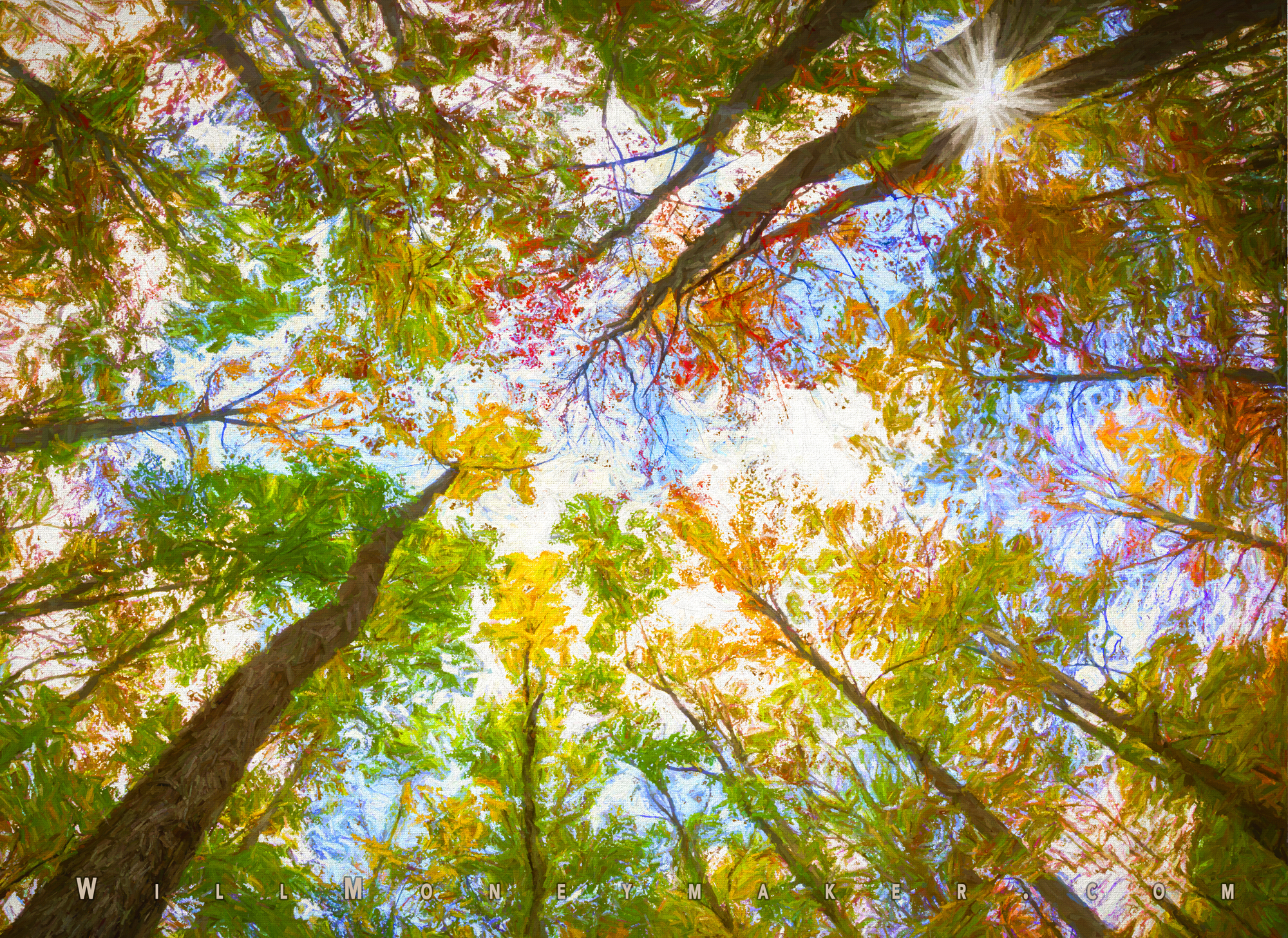Sometimes when taking photographs, I think of that old saying, “You can’t have light without the darkness.” I’m not sure who said it, but it’s a pervasive saying, usually referring to enduring hard times. I suppose it’s something about the good times seeming even better after you’ve weathered hard times. When I think of it as it relates to photography, however, it takes on a whole different meaning.
Photography is—and always has been—about painting with light. If you break the “photography” name down to its original Latin component pieces, it literally means “light writing.” That’s what we’re doing every time we expose film or a camera sensor to light. We’re letting light of varying intensity create an image.
Light and darkness are intrinsically connected. There is never one without the other. Even the night sky is illuminated with starlight—and when there’s enough light, like sunshine, we can no longer see those stars. Without the darkness, we’d not have the starlight.
Again, if we apply this line of thinking to photography, we begin to see that you can’t have light within an image without the darkness. In fact, back in the old darkroom days, this was literally true with the way we exposed images onto photographic paper. The paper started white, and the development process layered darkness onto it. Within each photograph that we make, it’s the varying shades of darkness that give it depth and shape. An image of pure light is nothing—it’s just pure white.
So, then, could it be that in a sense, darkness is almost more important than the light? We spend so much time thinking about illumination—the intensity, the shades, the directionality. Often, we only give a passing thought to the shadows, mainly either as a way to add contrast or to keep ourselves mindful of creating balanced exposures without too much light or too much shade. But truthfully, those darker shades are what give us texture and form.
Perhaps it’s helpful to sometimes think of it as painting with shadows. We start with a bright white canvas, but we layer darker colors on it to create the image. I think this is an important way to consider images, at least on occasion, because it is true that many of us have a tendency to not pay so much attention to the shadows as we do the highlights. But the reality is, just like light can’t exist without the darkness, highlights can’t exist without shaded areas. In fact, that’s often how we create low-contrast image—either by dimming highlights or brightening shadows.
It’s just something to ponder as you create images. Light and darkness are inseparable—and since photography is the art of painting with light, that must also mean that it is the art of painting with shadow.
Now go and enjoy the beauty of God’s creation through your lens.




